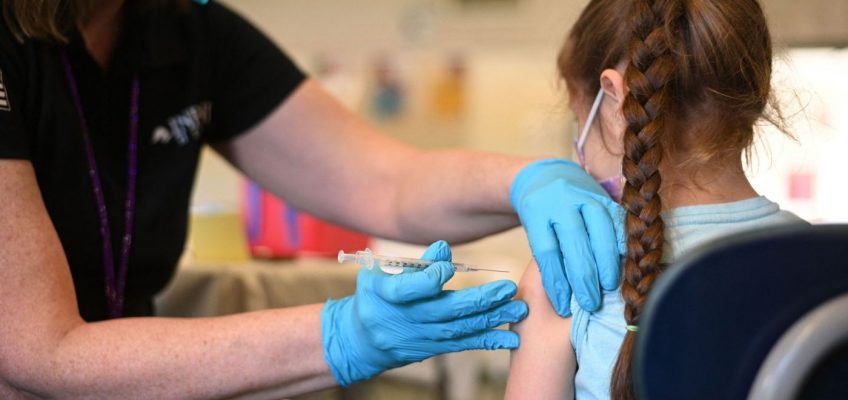When her team needed her most, Skylyn Jorgenson was there Tuesday night.
The senior forward scored Andover’s first goal on a shot from around 35 yards out early in the second half, then after two scoreless overtimes, she got the shootout started with another goal as the fourth-seeded Huskies held off fifth-seeded Eagan 2-1 (4-1 in penalty kicks) in a Class 3A girls soccer state quarterfinal at a cold and rainy White Bear Lake Area High School North Campus Stadium.
“I’m just glad my team pushed through with all we had,” said Jorgenson, whose team (12-4-2) advances to face the winner of today’s quarterfinal between top-seed Edina (19-0) and unseeded St. Michael-Albertville (12-6-1), scheduled for 7:30 p.m. at Farmington High School.
That semifinal matchup will begin at 8 a.m. next Tuesday at U.S. Bank Stadium.
“She’s quite the player,” Huskies coach Tracey Griess said of Jorgenson. “She’s been on our squad since she was a freshman. Unfortunately, she was hurt at the beginning of her sophomore and junior years. But she’s a senior now and it’s just all coming together.”
The Wildcats were playing with a backup goalkeeper after a red card midway through the first overtime forced senior starter Natalie Valiga from the game.
Classmate Caitlin Allred entered and kept things scoreless through a second overtime despite the fact her team was playing one player down.
But, Jorgenson, sophomore forward Addie Dobratz, senior midfielder Lauren Wright and senior forward Brenna Hudson each had goals for the Huskies in the shootout while senior goalkeeper Haley Mau stopped two of the three shots she faced.
“When our goalie had to go out, that really changed a lot,” said Eagan coach Qassim Ilmi, whose team finished its season 13-4-2. “Our other goalie was not expecting to play. Now we had to put in someone who didn’t really have a chance to warm up, and who hadn’t really played in the past couple of games. That’s a lot to ask of her.”
Jorgenson put her team on the board first with her goal early in the second half. From there, the game settled back into a scoreless stalemate until Eagan junior Kylee Weisendanger was finally able to tie the score with 6:06 remaining.
Andover had a golden chance to score when Dobratz was tripped up on a breakaway with 5:33 to go in overtime, resulting in the red card on Valiga.
She was forced to exit and Allred came on to face a free kick from senior Dayna Stocke, which sailed just wide of the net and the Huskies were unable to redirect.
Then, just under two minutes later, Andover was granted another free kick that also missed just wide, keeping things tied at one.
Despite their one-player advantage, the Huskies couldn’t generate many offensive chances in the second overtime, which ended with the two teams still tied 1-1 – bringing on a shootout to settle things.
And there, Andover got the job done.
“We’ve been practicing,” said Griess, whose team is back at state for the first time since 2017. “Last year, we lost on PKs in the section semifinals and we didn’t want that to happen again. So we were prepared.”
Related Articles
High school football roundup: Two Rivers shuts out Hastings, sets up clash with Cadets
Unseeded Park’s Cinderella story continues with defeat of Minnetonka in Class 3A boys soccer quarterfinal
Downpour can’t dampen outcome for Hill-Murray in win over Mahtomedi in Class 2A boys soccer quarterfinal
Girls state tennis: Mounds View, East Ridge fall in Class 2A quarterfinals
High school football: Section quarterfinal predictions




